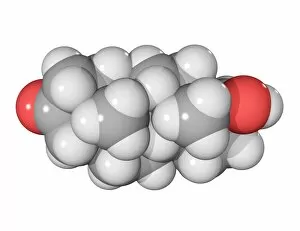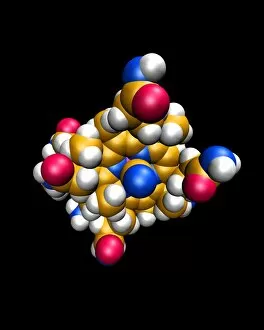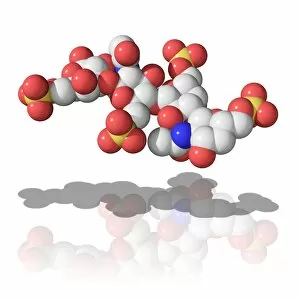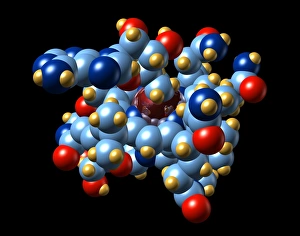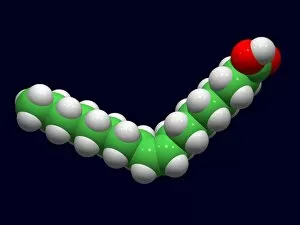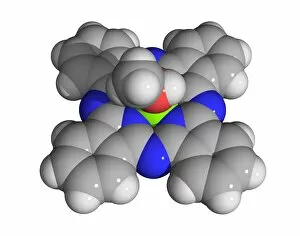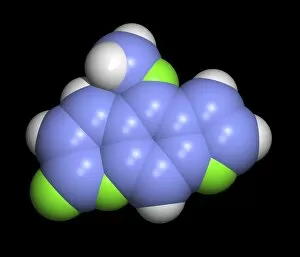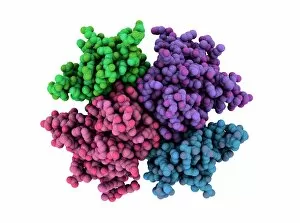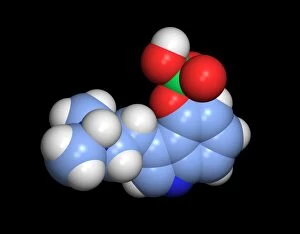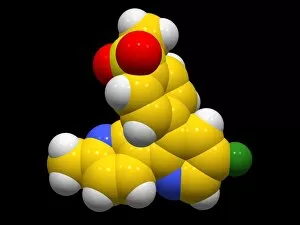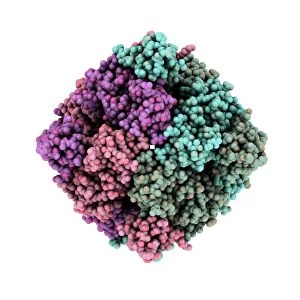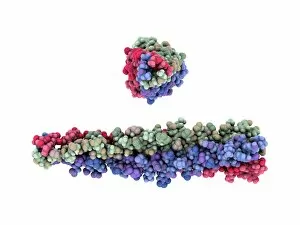Space Fill Collection (page 7)
"Exploring the vast expanse of space, where even the tiniest molecules find their 'space fill'
All Professionally Made to Order for Quick Shipping
"Exploring the vast expanse of space, where even the tiniest molecules find their 'space fill'. " In this captivating image, we witness a fascinating array of molecular structures that have revolutionized various fields of science and medicine. At the forefront is the HIV reverse transcription enzyme, an essential player in understanding and combating this devastating virus. Its intricate design holds secrets to unlocking potential treatments for HIV/AIDS. Adjacent to it floats a water molecule, seemingly simple yet vital for life as we know it. This humble compound supports countless biological processes and sustains our very existence. Moving further into the realm of pharmaceutical breakthroughs, we encounter Valdecoxib—an anti-inflammatory drug that brings relief to those suffering from pain and inflammation caused by conditions like arthritis. Next up is an RNA-editing enzyme's molecular model—a remarkable tool enabling scientists to modify genetic material with precision. This innovation has immense implications for gene therapy and treating inherited diseases. A striking sight follows: a ribonuclease with an RNA/DNA hybrid structure—a testament to scientific ingenuity in unraveling the intricacies of genetic information transfer within cells. The parathyroid hormone molecule takes center stage next—regulating calcium levels in our bodies and ensuring proper bone health. Understanding its structure aids researchers in developing therapies for disorders like osteoporosis. As we venture deeper into medical advancements, we come across Donepezil—the Alzheimer's drug molecule offering hope amidst cognitive decline. Its discovery represents progress towards improving quality of life for millions affected by this debilitating disease. Further along, Penicillin G emerges—a groundbreaking antibiotic that revolutionized modern medicine by fighting bacterial infections effectively. Its discovery paved the way for numerous lifesaving antibiotics used today. Rosuvastatin joins our cosmic journey—a cholesterol-lowering drug instrumental in reducing cardiovascular risks worldwide. This tiny molecule plays a significant role in preventing heart disease—one step closer to healthier hearts globally.



